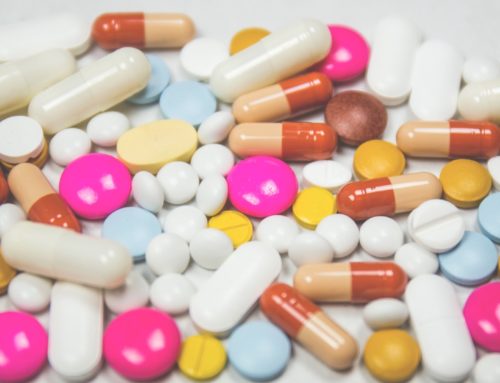If you hadn’t noticed it before the beginning of 2020, you have most definitely noticed it by now.
What I’m talking about is the power of a single video recording to ripple across social media and create meaningful change. We have seen it, we are seeing it, and in light of the media’s continued attempt to control the narrative received by the public, we need to keep seeing it.
Camera footage, video-recordings, and even photographs have the widespread ability to transform applications such as Instagram and TikTok into platforms for education, civil awareness, political organization and calls to action; They allow for connections to be made where they ordinarily might not be, and they possess the capacity of sparking long over-due conversations.
Collectively, we are learning that transparency is key, and you can’t get more transparent than seeing with your own two eyes.
This is why we need to talk about ‘Ag-gag Laws’ and what exactly they mean for animal welfare, consumerism, and freedom of speech.
Ag-gag laws were first introduced in The United States as a response to whistle-blower investigations that sought to hold factory farms, puppy mills, and the like, accountable for their abusive treatment of animals, filthy conditions, as well as neglected workplace safety precautions.
It is important to note that the outbreak of Covid-19 has had a catastrophic impact on workers in slaughterhouses as all meat-producing facilities were allowed to continue operations during all stages of the pandemic. The close-quarters, and fast-pace of this particular working environment not only contributes to the increased suffering of animals, but also of humans.
“Legislation that covers up conditions that can cause zoonotic diseases, unsafe work environments, and animal cruelty will have deadly consequences for humans and animals alike.” — Camille Labchuk, lawyer and executive director of Animal Justice.
While these laws originally aimed to prevent the destruction of property, and physical harm to farmers, ag-gag legislation has morphed into a means of suppressing awareness of how modern food is produced.
Ag-gag ensures that any film or photography taken at an industrialized farming operation is therefore the property of authorities, with the implicated individuals suffering a range of further consequences under the law. A first conviction in violation of these laws is considered a serious misdemeanor, while a second or subsequent conviction is legally viewed as an aggravated misdemeanor.
But let’s face it: The undercover investigators aren’t the real trouble here. Big agribusiness knows good and well that the potential reaction of the public to the horrifying farm operations would be enough to cause a massive shift in consumption of these products.
More often than not, animal cruelty on these farms is dismissed as being the crime of a single bad worker, or as an isolated and rarely occurring event. This is not the case. In other words, farmers are well aware that what happens in their factories would be enough to turn most peoples’ stomachs, a far cry from the pictures they so artfully paint of happy animals feeding in lush, green pastures.
For obvious reasons, ag-gag laws are commonly viewed as being in direct violation of freedom of speech, with issues such as the censorship of illegal activity within the agricultural industry at its core. While a worthy concern for constitutional rights has resulted in the overturning of a number of proposed modern ag-gag laws, several states are still waiting for this to be decided.
On June 17th, 2020, ‘Bill 156’ was passed in Ontario, Canada, in a successful attempt to instate ag-gag legislation in the province. This bill effectively renders investigative journalism illegal at all farms and slaughter houses, and makes an already bad situation for animals far, far worse.
Undercover employees and whistleblowers are the only way we, as citizens and consumers, gain access and awareness of the atrocities being committed against animal behind closed door. Video footage and photographs taken of farm conditions are the only evidence we have to convict perpetrators, and the only means of holding these industries accountable.
It is vital that we question the motives of a food system more concerned with hiding their actions from customers than protecting consumer rights.
Ag-gag has got to go.





